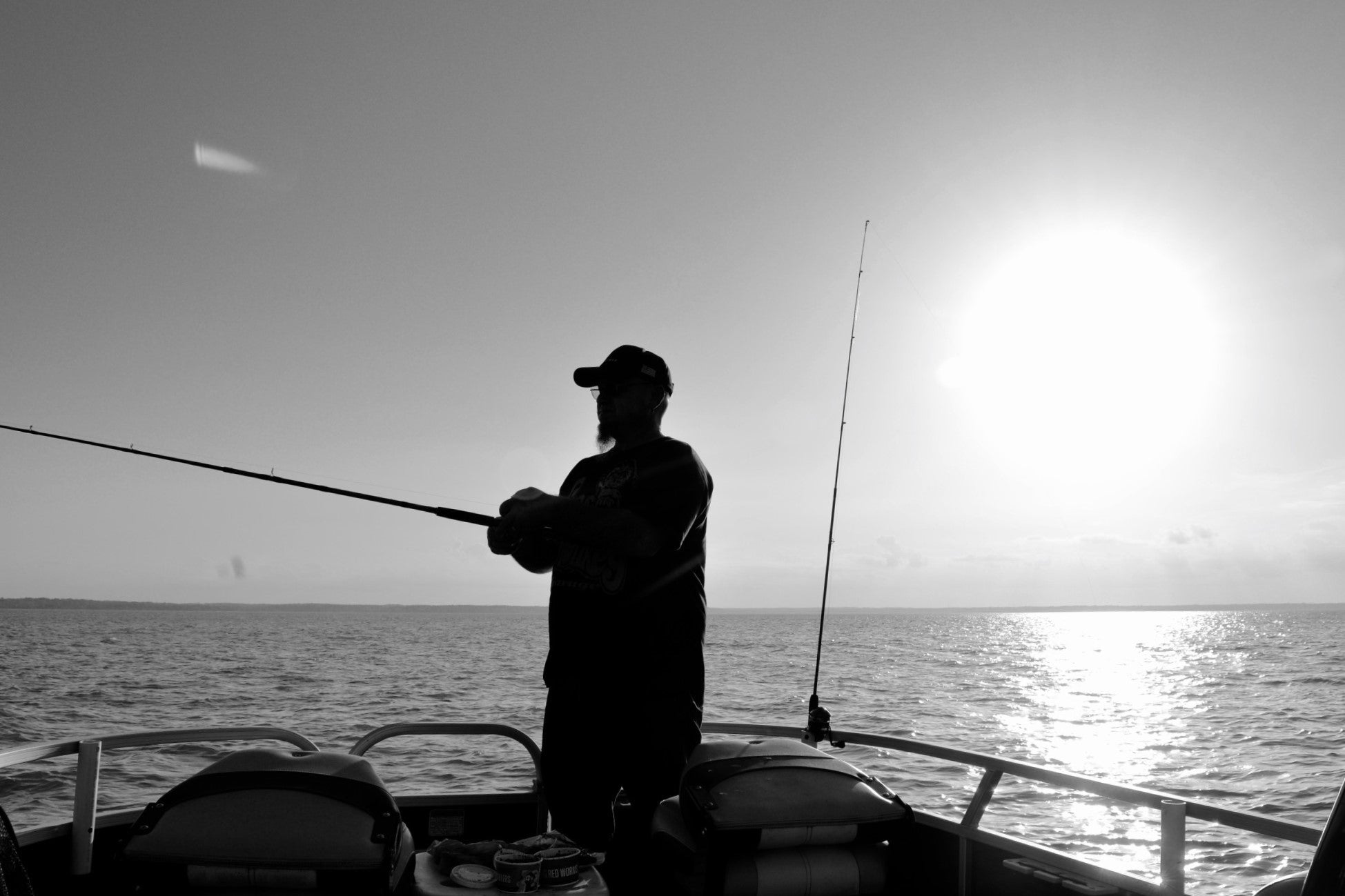
All fishing that happens on open waters can be classed as either inshore or offshore. When you're browsing fishing boats for sale, it's important to know what kind of fishing they're suitable for.
While what makes an instance of fishing one or the other is simply how deep the water is, with that change in depth comes a host of differences that make inshore and offshore very different experiences.
Location and water depth
As mentioned, the line in the sand where fishing turns from inshore to offshore is how deep the water is; specifically whether it's over or under 30 metres. Any shallower and the fishing is considered inshore and any deeper is considered offshore. There's nothing particularly significant about the 30 metre number but it provides a rough turning point where the main differences between inshore and offshore fishing start to become apparent.
Water depth will of course vary depending on which part of the coast you're on, but generally speaking anything more than a few nautical miles out to sea will be getting into offshore territory.
Boat type
Being so close to shore means a wider variety of boats can be used for inshore fishing. Smaller boats and runabouts that are less heavy duty, or even canoes and kayaks, are all suitable. The shallow depth means conditions are going to be much more manageable, which can make it easier to nip out for a quick fish instead of having to prepare extensively and head miles out to sea.

It's a different story with offshore fishing. Larger fishing boats like the Quintrex Yellowfin 7600 Southerner Hard Top, for example, are much better able to handle the rigour of deep sea boating. When you're many kilometres out to sea, your boat needs to be able to handle the rougher conditions that may come as a result. Not only that, with offshore fishing it can often take hours to get to your destination - your boat needs to be comfortable enough to spend the better part of a day on.
Weather concerns
It's wise to check the weather every time you're fishing on open waters, no matter how close to the shore you are.
It's wise to check the weather every time you're fishing on open waters, no matter how close to the shore you are. That said, when you're fishing offshore, it's a lot more important to do your due diligence and check for potentially dangerous events that might be on the way. With inshore fishing, if an unexpected storm comes along, getting to safety is often just a few minutes away. It's no trouble to nip back if things start getting ropey. When you're miles out to sea, however, it's not always as easy to quickly escape an incoming storm if it's taken you several hours to get to your fishing spot.
Equipment used
With deep sea offshore fishing, there's going to be a difference in the kind of equipment you use. Deeper waters will mean electronics like fish finders become increasingly necessary as fish become more spread out and potentially further from the surface. There are also different safety equipment requirements for offshore fishing. For example, if you're more than 2 nautical miles offshore, it's a legal requirement to have an EPIRB and marine radio on board.
The kinds of lures and tackle you use are going to be different too. Offshore fishing demands much heavier-duty equipment, as the fish you'll be aiming to catch there are generally stronger, faster and harder to reel in once hooked.
To learn more about our range of fishing boats and accessories, get in touch with a member of the Hunts Marine team today.




